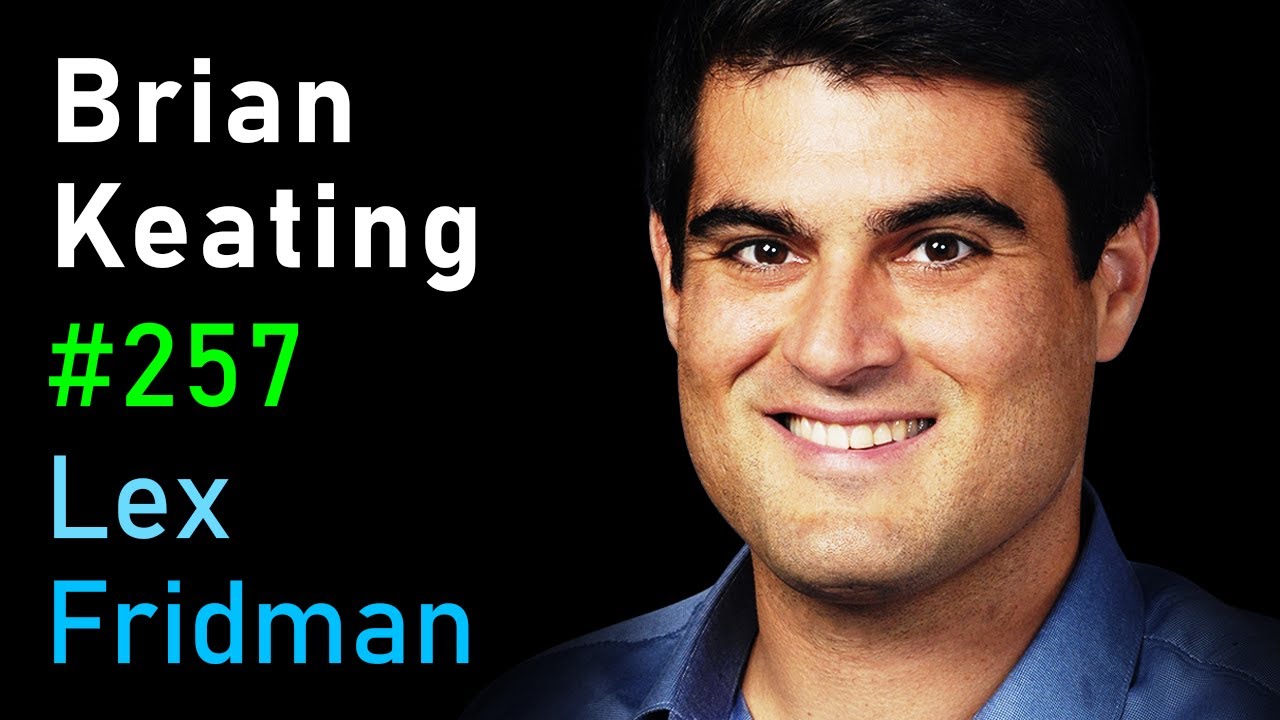University of California San Diego experimental physicist Brian Keating, author of Losing the Nobel Prize and Into the Impossible, sits down for a four hour conversation with Lex Fridman in which the two discuss…well…just about everything: physics, cosmology, the Nobel prize, Galileo, what we can learn from the cosmic background radiation, life and intelligence in the universe, the roles of science and religion, and much more. This can be viewed in shorter, easier to digest chunks, as the conversation moves on from one topic to another frequently.
Still working my way through this fascinating discussion. But let me toss out a cosmological idea stimulated by it: What if the Red Shift observed astronomically actually has two parts?
One part is the standard Doppler Effect due to the motion of the distant galaxy away from us, resulting in the red shift towards longer wavelengths of light.
And the other part is a rather subtle loss of energy as photons pass through “empty” space, resulting in a shift towards longer wavelengths. (Ignore for the moment the implications for quantum theory).
The result might be that every observable thing in the Universe is closer to us, both in distance and time, than we currently think. Perhaps the troubling need to invoke unobservable Dark Matter and Dark Energy might be mitigated?
How could one design an experiment to pass a photon through light-years worth of “empty” space to detect if there was any loss of energy/change in frequency?
This concept is called “tired light”, and was originally proposed in 1929 by Fritz Zwicky as an alternative explanation for the red shifts of distant galaxies discovered by Vesto Slipher and related to their distance by Edwin Hubble and attributed to recession due to an expanding universe. At the time, Zwicky noted that tired light due to scattering of photons en route should make images increasingly blurred with distance, which had not been observed (but then, at the time, images of extragalactic objects were so fuzzy to start with it might have been missed).
Later observations have pretty much definitively falsified tired light theories. In a tired light model, the surface brightness of distant objects should remain constant with distance, while with expansion due to recession it will dim. The surface brightness of galaxies is observed to be constant regardless of distance, which rules out tired light as a significant contribution to red shift.
Still, as with all such things, the observations only set a lower limit to the contribution of tired light to observed red shifts, but with precision measurements of the cosmic background radiation now in hand (from about red shift 1000), those limits are now very low. In the absence of a persuasive theoretical mechanism which could cause tired light, it is not an active area of investigation.
There are no new ideas in this world!
Discounting one possible mechanism for a tiny non-Doppler red shift effect may not eliminate all possible mechanisms. Just on the surface, there may be a certain potential circularity in an argument based on the brightness of distant galaxies when we are using the standard Doppler effect to estimate the distance of those galaxies. And the concept of a non-Doppler red shift would seem to be very difficult to test because the hypothesized effect must be so tiny – only becoming observable over the passage of immense (multiple light years) distances.
The big argument against a non-Doppler red shift is that it would undermine the concept of fixed quanta of energy – a concept which has served science well. On the other hand, current physics has pushed us into the need to accept the famous zoo of sub-atomic particles and the necessity to invoke unobservable Dark Matter and Dark Energy – concepts which only habit has made us comfortable with.
It would probably be a reasonable guess that “the science is not settled”, to misquote some guy who used to hang out in Washington DC. Which is good! There is much for the human race still to learn.
